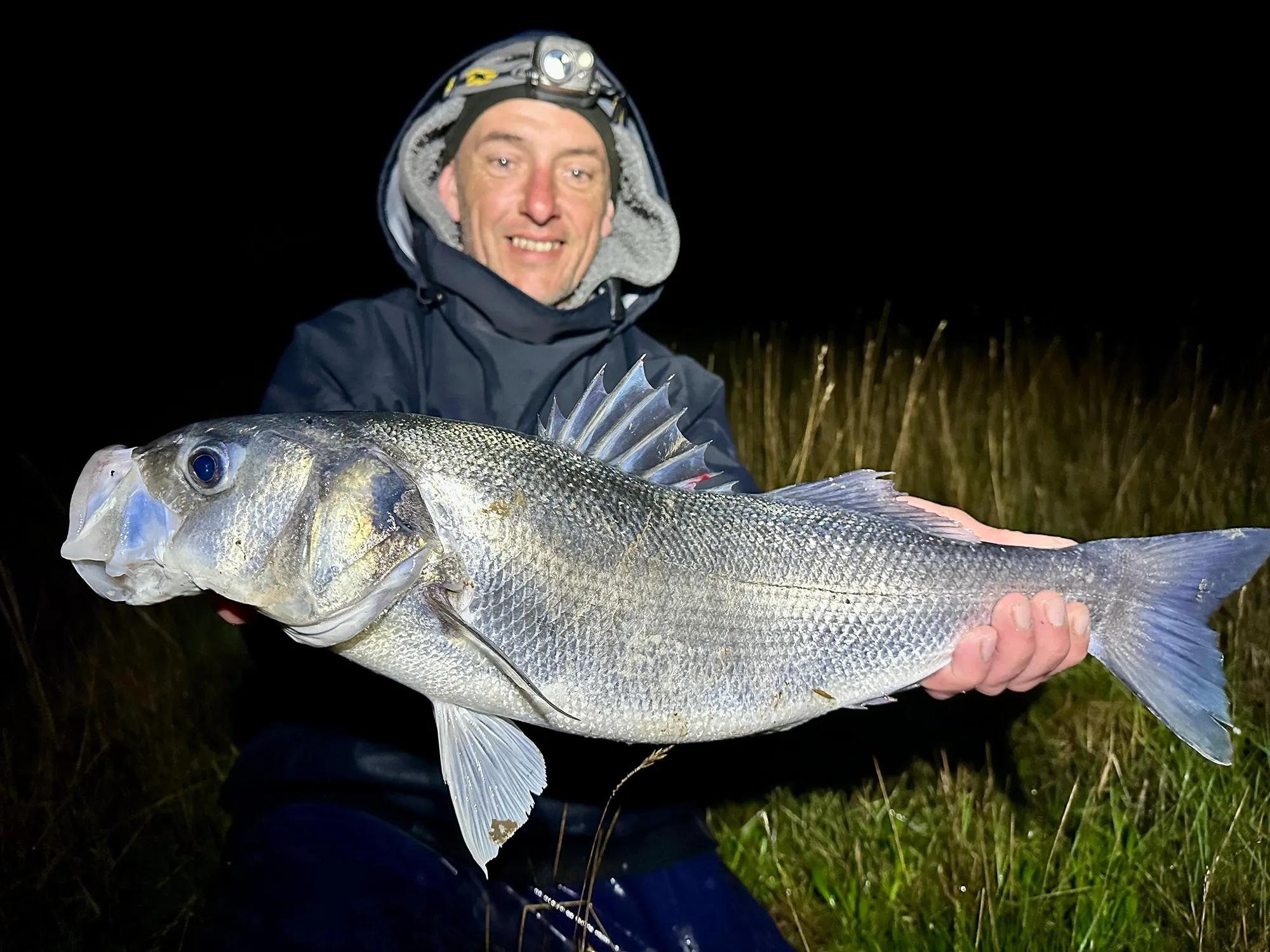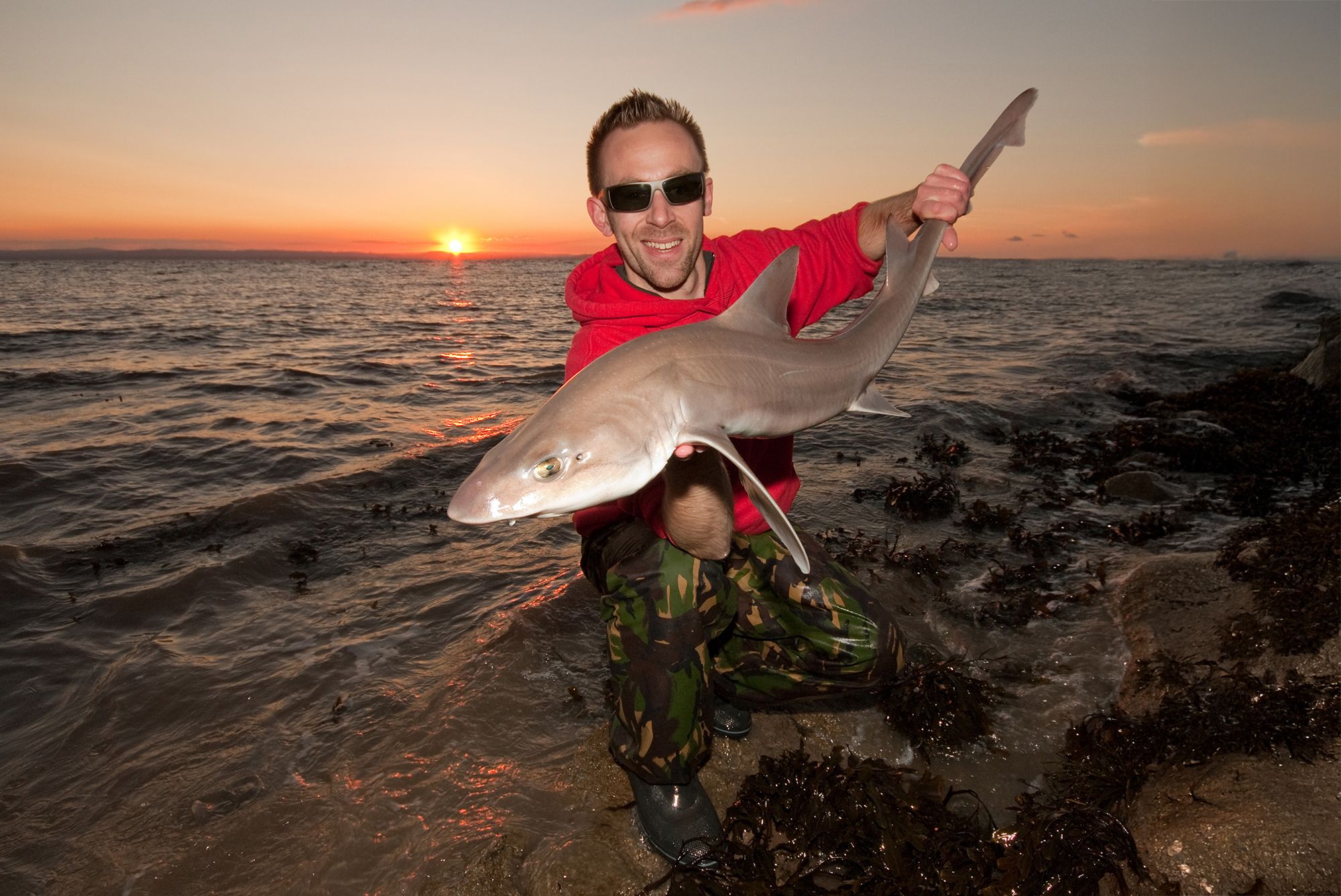How to Catch Bull Huss from the Shore of the Bristol Channel
Explore this guide to learn more about How to Catch Bull Huss from the Shore of the Bristol Channel.
How to Catch Bull Huss from the Shore in the Bristol Channel
A Complete Guide
The Bristol Channel is a fantastic location for shore anglers looking to catch a variety of species, and one of the most prized catches in the lower reaches is the bull huss. These strong, bottom-dwelling predators can put up a terrific fight, making them an exciting species to target. If you’re looking to catch bull huss from the shore in the Bristol Channel, there are a few key factors to consider, such as the best locations, bait, tackle, and techniques. This guide will take you through everything you need to know to increase your chances of success.

1. Bull Huss Habitats: Rough Sea Beds and Kelp
Bull huss are known for their preference for rough sea beds. They are bottom feeders, typically found near rocky outcrops, kelp beds, and areas with a complex sea floor. The Bristol Channel’s varied seabed provides the perfect habitat for bull huss to hunt, especially in locations with submerged rocks and kelp. Kelp is particularly attractive to bull huss because it offers shelter and abundant food sources. These fish are also drawn to areas where the tide brings in a mix of food items such as small fish and crustaceans.
One important point is that while bull huss do prefer rougher sea beds, the water doesn't have to be particularly deep to find them. Many anglers make the mistake of thinking they need to fish far from shore, but in reality, bull huss are often found close to shore, especially during the spring months when they move inshore to lay their purses (eggs). This makes fishing in shallow waters, near rocky outcrops or kelp beds, very effective for targeting bull huss.

2. Best Bait for Bull Huss: Rockling and Joey Mackerel
When targeting bull huss, two key baits are renowned for attracting them. These fish are carnivorous, feeding on smaller fish and invertebrates that inhabit the sea bed. Two of the best bait options for bull huss are rockling and joey mackerel.
- Rockling: A small, bottom-dwelling fish that bull huss naturally prey on, rockling makes an excellent bait. Its tough flesh and strong scent are perfect for attracting bull huss. Using a whole rockling or a large fillet is a proven method for catching huss.
- Joey Mackerel: Another top choice for bull huss is joey mackerel, which is simply a juvenile mackerel. Mackerel are rich in oils and have a strong scent that bull huss can detect from a distance. Joey mackerel is particularly effective when targeting larger bull huss, as they are naturally attracted to the size and scent of this bait.
Both rockling and joey mackerel are ideal because of their strong scent trail, which helps attract bull huss, especially in areas with rough sea beds or kelp forests.

3. Long Casting Is Not Always Necessary
One of the common misconceptions about bull huss fishing is that long casting is always required. However, long casting isn’t always necessary, especially in the Bristol Channel. Bull huss are often found close to shore, particularly when they move inshore to lay their purses in the spring. Many of the best fishing spots for bull huss are in shallow waters near rocky outcrops, kelp beds, or along the shoreline. As a result, anglers often have success by fishing just a short distance from the shore, where the fish are actively hunting for food.
Instead of focusing on casting long distances, concentrate on finding the right fishing spots, such as rocky coves, kelp patches, or areas with an uneven sea bed, where bull huss are most likely to be feeding.

4. Using Heavy Duty Tackle and Sharp Hooks
When it comes to tackle, bull huss are wrestlers of fish, so it’s important to use heavy-duty gear to ensure you can successfully land them. Heavy-duty traces are essential for this type of fishing, and a 120lb breaking strain trace is recommended to handle the teeth of a bull huss and the environment it lives in. In addition to heavy-duty traces, sharp hooks are vital when fishing for bull huss. These fish are notorious for spitting baits out, particularly when they are brought to the surface. A sharp hook will ensure a solid hookset and reduce the chances of the fish escaping.

5. Best Time to Fish for Bull Huss
The best time to fish for bull huss in the Bristol Channel is during the spring, particularly when these fish move inshore to lay their purses. This time of year offers great opportunities, as bull huss are more active and feeding in shallower waters. In addition, bull huss are often more active during the night, so evening and nighttime fishing can be highly productive. If the water is heavily coloured following a storm, they can also be caught in daylight.
Conclusion
Bringing everything together for successful fishing
Catching bull huss from the shore in the Bristol Channel requires knowledge of their preferred habitats, the right bait, and the appropriate tackle. Focus on fishing areas with rough sea beds and kelp, where bull huss are likely to be feeding. Use rockling or joey mackerel as bait to attract these carnivorous fish, and remember that long casting isn’t always necessary since bull huss are often found close to shore. Ensure you’re using heavy-duty traces and sharp hooks to handle the power of these fish and prevent them from spitting out your bait. With the right approach, you’ll be well on your way to a successful bull huss fishing trip on the Bristol Channel.


